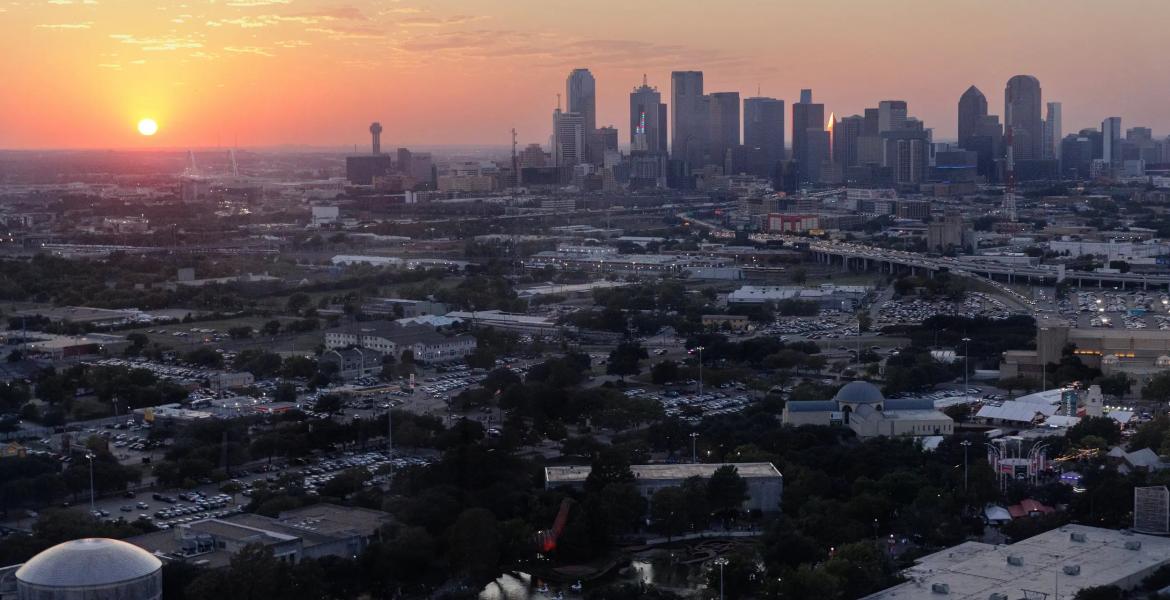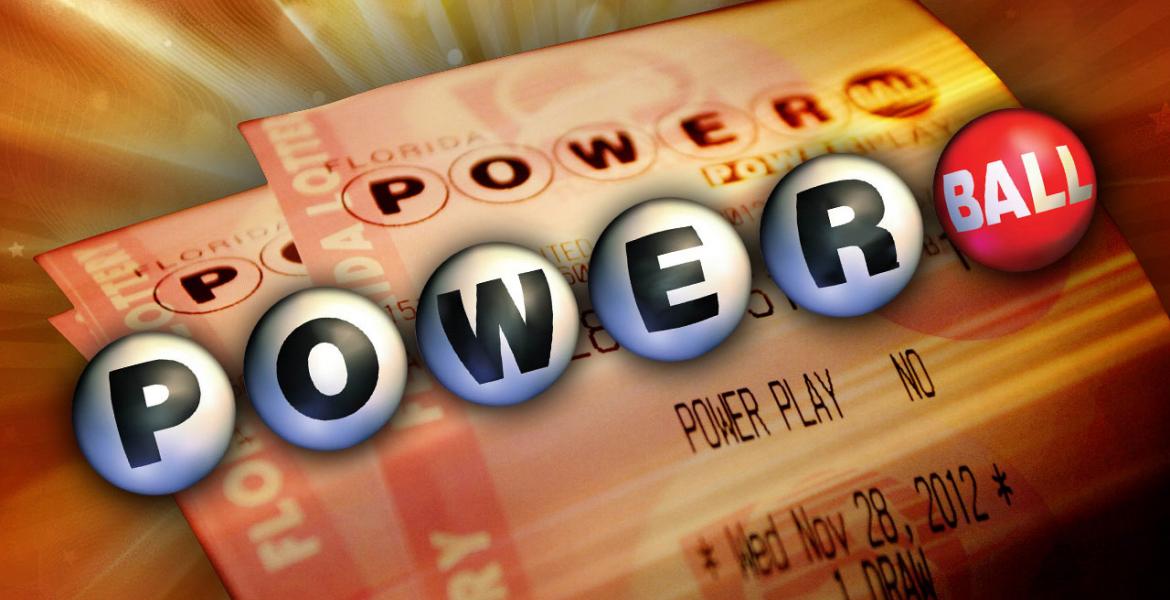SAN ANGELO, TX – Is your natural gas or propane heating system venting carbon monoxide and burned gases to the outside where they can safely dissipate?
Or has your system developed leaks that could allow carbon monoxide to migrate into your living space and potentially cause a deadly situation for your family?
Carbon monoxide is a colorless, tasteless and odorless gas that can be deadly in high concentrations. Have a licensed air conditioning and heating contractor evaluate your system each Fall to make sure problems haven’t developed during the preceding year.
If your home isn’t already equipped with a combination of smoke and carbon monoxide detectors, be sure to install them before the first norther comes swooping down. Detectors should be placed outside all sleeping areas in a residence heated with natural gas or propane. Symptoms of carbon monoxide poisoning may include a dull headache, weakness, and dizziness. Higher concentrations will induce nausea, vomiting, shortness of breath, confusion, blurred vision, loss of consciousness, and death.
“Checking whether your contractor is licensed, and that the technician servicing your equipment is registered with TDLR, is an important step in protecting yourself from shoddy and dangerous work,” said William Weatherly, TDLR Air Conditioning & Refrigeration Program Chief. “Licensed contractors and registered technicians have undergone a criminal background check and have had the required training. Licensed contractors have passed a comprehensive exam and complete yearly continuing education classes.”
The first step in hiring an air conditioning and heating contractor should be checking the TDLR website (www.tdlr.texas.gov) to make sure that they are licensed by TDLR.
Once you’ve confirmed that the contractor is licensed through TDLR, here are several things they should be inspecting in your heating system:
- Air Handler & Furnace (Natural Gas, Propane)
- Check the gas connection for leaks. Improperly operating gas connections are a fire hazard and a health concern.
- Check gas pressure and proper burner combustion. Improper gas pressure and/or a dirty burner will cause equipment to operate less efficiently.
- Check the heat exchanger for cracks and a proper flue connection. A cracked heat exchanger or Improper flue connection can leak deadly carbon monoxide into the living spaces.
- All Systems
- Check incoming power and tighten connections as necessary.
- Check thermostat and system controls for proper operation and sequence.
- Check the air handling unit for proper airflow.
- Heat Pump & Electric Heat Systems
- Check the heat pump heating cycle and reversing valve operation.
- Check “emergency heat” operation, which is energized if the heat pump fails or is in the defrost cycle.
- Check electric heat strips for proper operation when the system is energized.
- General
- Listen for abnormal noise and search for the source of unusual odors.
- Clean and inspect the blower assembly.
- Older units: lubricate the motor and replace the fan belt if applicable.
- Replace filters and educate customers on efficient operation
- Clean coils.
Subscribe to the LIVE! Daily
Required






Post a comment to this article here: